8 Women Who Broke Adland’s Glass Ceiling
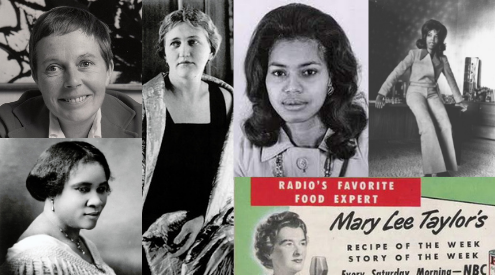
If Mad Men didn’t make it abundantly clear, the advertising world has long been defined as a patriarchal boys club. Women had (and have) to fight to get their voices heard in an industry that, especially in its infancy, never believed anyone wanted to hear their perspectives.
They couldn’t have been more ignorant incorrect.
We’ve come a long way from that misogynistic way of thinking, but because we’re still trying to dismantle the toxicity of the Mad Men era of advertising (Don. Draper. Is. A. Villain. Folks.) many of the brilliant professionals that revolutionized the industry have been obscured from the history of adland.
But to paraphrase a modern rallying cry, nevertheless, they persisted.
The brilliant women featured below created the first cracks in the glass ceiling that splintered into a spider web and created a pathway for the talented advertising minds we see in agencies across the globe today.
This industry would not be what it is without the perspectives of these wildly talented advertisers and their iconic contributions to this field.
Mathilde C. Weil
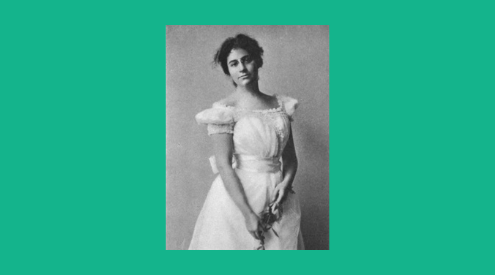
The original “ad woman” in the industry was artist and writer Mathilde C. Weil, who opened the first female-owned agency in New York in the late 1800s. Much of the rich history of her agency has been lost to time, but she still remains a respected figure for her earliest contributions to making room for women in adland.
Madam C.J. Walker
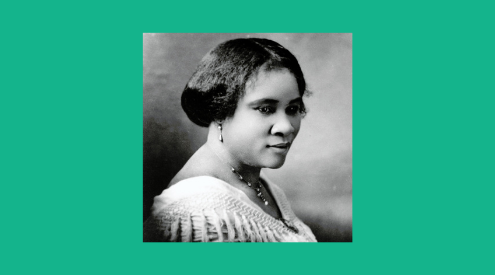
While not an advertiser in the ways we think of the industry today, the first female self-made millionaire Madam C.J. Walker did something not many were attempting to do in the early 1900s: market and sell a line of hair products directly to Black consumers.
It would be almost half a century before historically white male advertisers would slowly realize what Walker had known for ages, but the legacy that her work created is reflected in the Black-owned agencies that have entered the market since she first revolutionized the industry.
Christine Frederick
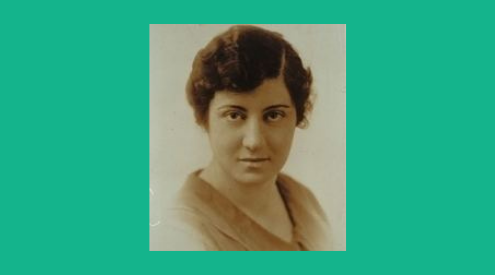
With her husband J. George, Christine Frederick founded the League of Advertising Women (which eventually became Advertising Women of New York) an organization to combat the fact that women were barred from admittance to other advertising leagues of the era. The organization’s purpose was to catalyze women’s roles in the advertising industry, providing education and guidance to give them a leg up in a male-dominated industry that was less than eager to diversify their spaces.
Over a 100 years later, the organization has grown to over 1,500 professionals across adland, with their unwavering mission to still provide philanthropic and social support for the advancement of women in advertising.
Erma Proetz
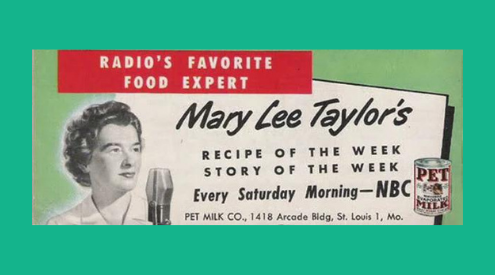
In 1952, Erma Proetz became the first woman inducted into the Advertising Hall of Fame. Her copywriting work began with the Gardner Agency. Knowing the power of great storytelling, Proetz created a character for an ad campaign for PET Milk, a line of condensed milk products. Donning the pseudonym of Mary Lee Taylor, Proetz wrote articles and recipes in-character on ways to use PET’s products, even going on the radio to speak directly to her consumers.
Her spots eventually developed into a 30-minute long program that ran on the air for over 20 years. She was so successful that in the mid 1930s, Fortune Magazine put her on their list of outstanding women in American business.
Barbara Gardner Proctor
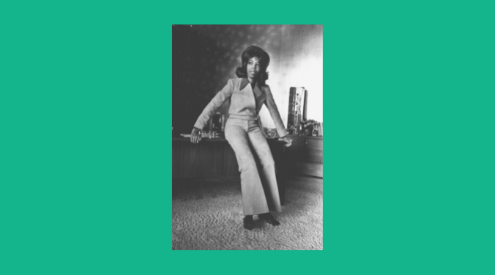
The first Black woman to own her own ad agency, Barbara Gardner Proctor started her career creating publicity and marketing materials for a record label in Chicago. She was the only Black woman working in the music industry in such a capacity of the time. From there she was hired by ad agency Post-Keyes-Gardner (which subsequently led her to take her husband’s last name, Proctor, to clear up any potential confusion with the named partners) and received a windfall of awards in her first three years with the firm.
After refusing to participate in an ad that she felt demeaned the civil rights movement, Gardner Proctor opened her own agency, inevitably leading her to be named Advertising Person of the Year in 1976.
Caroline Robinson Jones
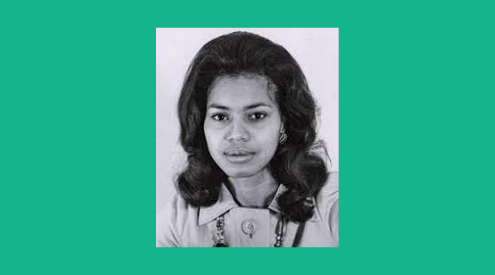
In the 1960s, J. Walter Thompson was one of the biggest advertising agencies in the county, and sitting shoulder to shoulder with some of the industry’s elite was Caroline Robinson Jones, one of the first Black copywriters the firm ever had. She would later go on to work for Zebra Associates, one of the first Black-owned ad agencies, before starting her own firm.
She was most notable for her region-specific copywriting work, pressing for more personable language than pure sales-speak. As mentioned by the National Museum of American History, “while working for the Campbell Soup Company in the mid-1970s, Jones insisted that the company’s advertising should focus on peoples’ emotions, instead of just spotlighting the products themselves.”
Helen Lansdowne Resor
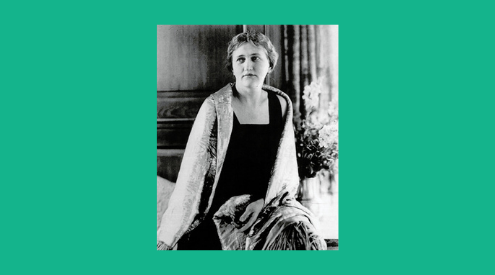
The folks over at Snow B. Designs said it best when describing Helen Landsdowne Resor’s contributions to the advertising industry, “She was the first woman copywriter to write national brand ads. The first person to emphasize artfulness in ads. The first woman to run influential ad agency J. Walter Thompson and grow it into a global leader. And she was the first person credited with introducing sex appeal into advertising.”
The contributions that Resor made to the advertising industry cannot be overstated, specifically when it comes to how advertisements depicted women at the time. Resor pushed for a more progressive approach to showing women in a more modern light, far removed from the more regressive stereotypes of how women had been traditionally featured in ads.
Jane Maas
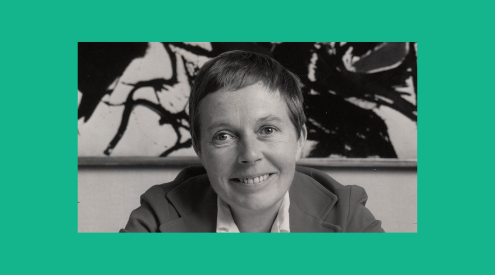
If there is one thing we should all agree on about Mad Men, it’s that Peggy Olson was a BAMF. But that fierceness had to come from somewhere that isn’t just Matthew Weiner’s mind, right? While Weiner may not say, AdAge was more blunt in naming Jane Maas as the closest thing the real world ever got to a Peggy.
After working her way up the ladder through different ad agencies, Maas biggest claim to fame is the beloved “I Love New York” campaign which blossomed from a simple marketing push for an upstate ski resort into an ad blitz that helped revitalize tourism in the Big Apple amidst the rising perception of Gotham as a dangerous place to vacation in the late 1970s and 1980s. If you’ve worn an I Heart NY shirt, or have fond memories of watching those Broadway-laden commercials, then you owe a bit of your nostalgic gratitude to the work of Jane Maas.
Do More with Video
Learn how we can help you produce more quality videos affordably and at scale.


